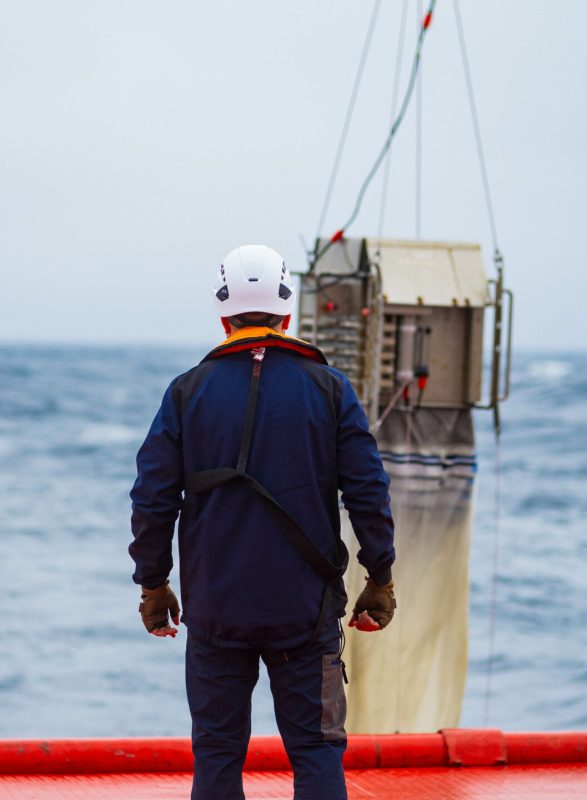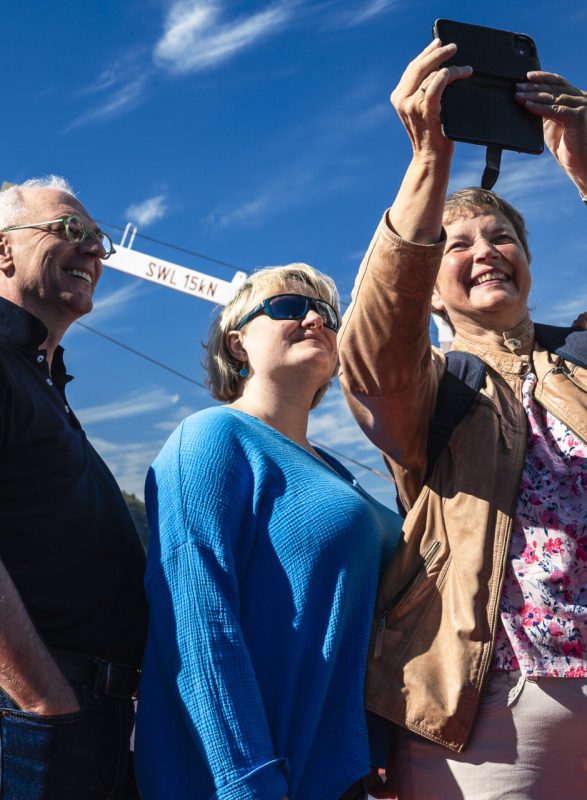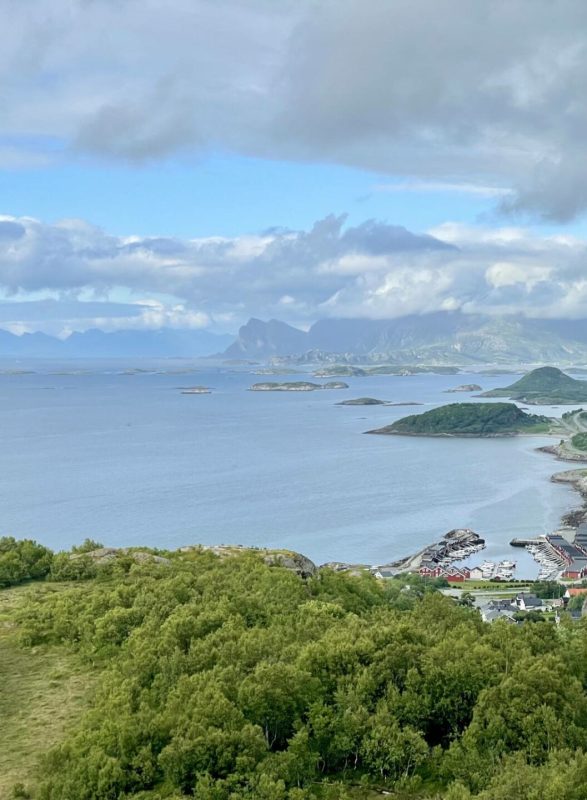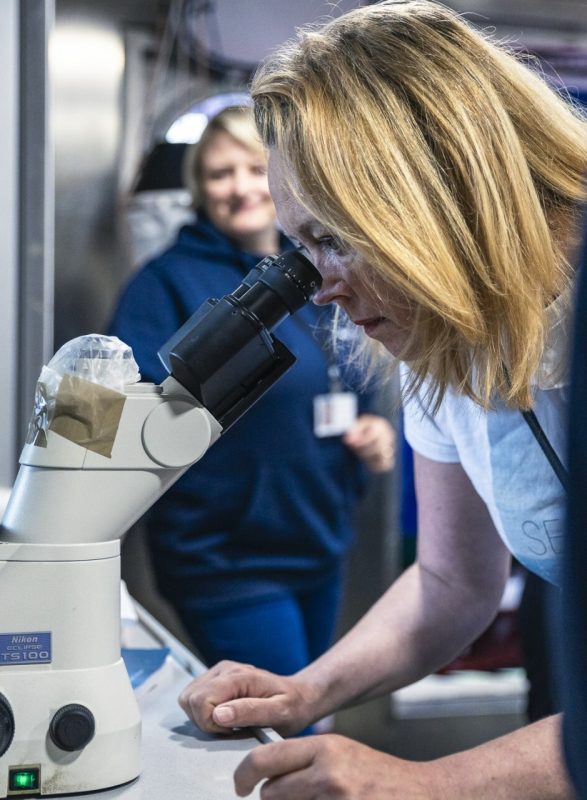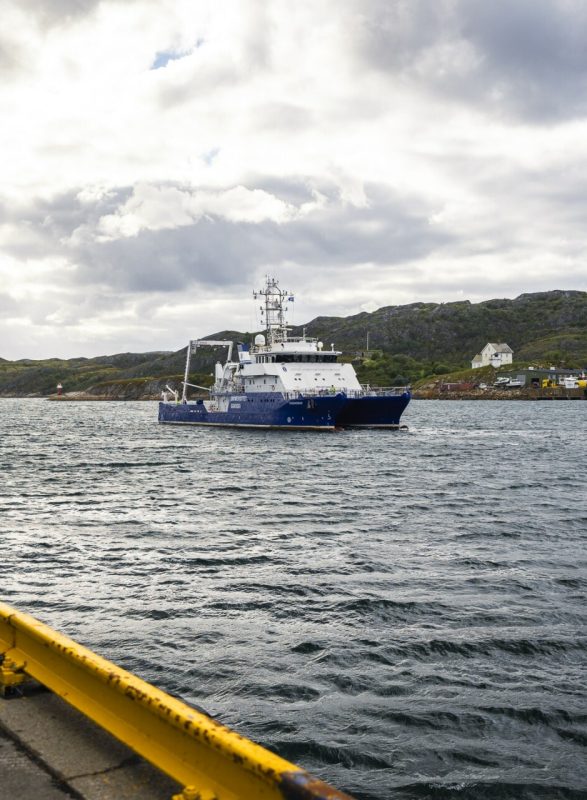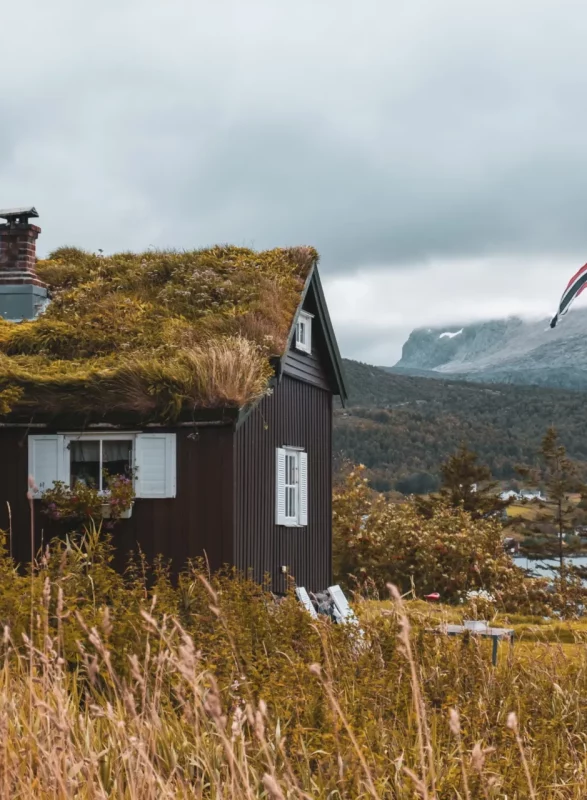Our route
- 2 900 nautical miles
- 5 cities
- 15 research stations
- Two Polish research vessels
- International team of experts from SEA-EU universities and the Polish
- Academy of Sciences
- 3 extensive research projects
Poland – one of the European leaders in polar research
Poland has two national polar stations: Prof. Stanisław Siedlecki Hornsund station in Arctic and Henryk Arctowski station in Antarctica, as well as several seasonal stations located mainly on Spitsbergen – the largest island of the arctic Svalbard Archipelago. Research vessel s/y Oceania, owned by the Institute of Oceanology of PAS in Sopot, has undertaken regular research cruises to Spitsbergen for the past 38 years, conducting hydrological measurements and sampling organisms, water, and sediments from the Nordic Seas and Spitsbergen fjords on its way.
Two national polar stations


What will we study?
Phenomena
According to the surface circulation model, Baltic water flows out through the Danish Straits and flows along the coast of Norway with the Norwegian Coastal Current into the Barents Sea.
In summer, this brackish water stays on the surface for a long time, carrying possible pollution, a relatively high load of nutrients, dissolved organic matter delivered by rivers and planktonic organisms from the Baltic Sea, enriching the fully saline Nordic Seas this way.
Our research
The goal of the cruise is to study brackish water masses, along with their physico-chemical properties and asscociated biota, flowing out from the Baltic Sea towards the Arctic.
Research team r/v Oceanograf
Research team r/v Oceania
Wave news
The first days on the way back home weren’t the easiest ones: 8 on the Beaufort scale, very rough sea, and waves about 6 meters
Nearly 200 people visited r/v Oceanograf and r/v Oceania in Bodø – between the 21st and 22nd of June, both ships were open to the
Bodø beyond the Arctic Circle, the nineteenth and final day of the expedition. In a moment I come off the board of the Oceanograf as
‘SEA-EU alliance is great for NORD University. Especially this event of bringing both Polish ships to Bodø is really amazing for building cooperation inside the
Over 90% of research activities completed, international cooperation that spans hundreds of nautical miles, and marriage of art and science – on June 19 r/v
We live in a postcard from the north. A sea so smooth that the water looks like liquid metal in the sun, it’s warm and
Bodø is a small city with about 50 000 inhabitants. The cultural life here is flourishing and it might be hard to choose among everything
Cooperation during the BaltArctic Research Cruise is at its peak as two research vessels – Oceanograf and Oceania – sail parallel to each other and
Wave news
The first days on the way back home weren’t the easiest ones: 8 on the Beaufort scale, very rough sea, and waves about 6 meters
Nearly 200 people visited r/v Oceanograf and r/v Oceania in Bodø – between the 21st and 22nd of June, both ships were open to the
Bodø beyond the Arctic Circle, the nineteenth and final day of the expedition. In a moment I come off the board of the Oceanograf as
‘SEA-EU alliance is great for NORD University. Especially this event of bringing both Polish ships to Bodø is really amazing for building cooperation inside the
